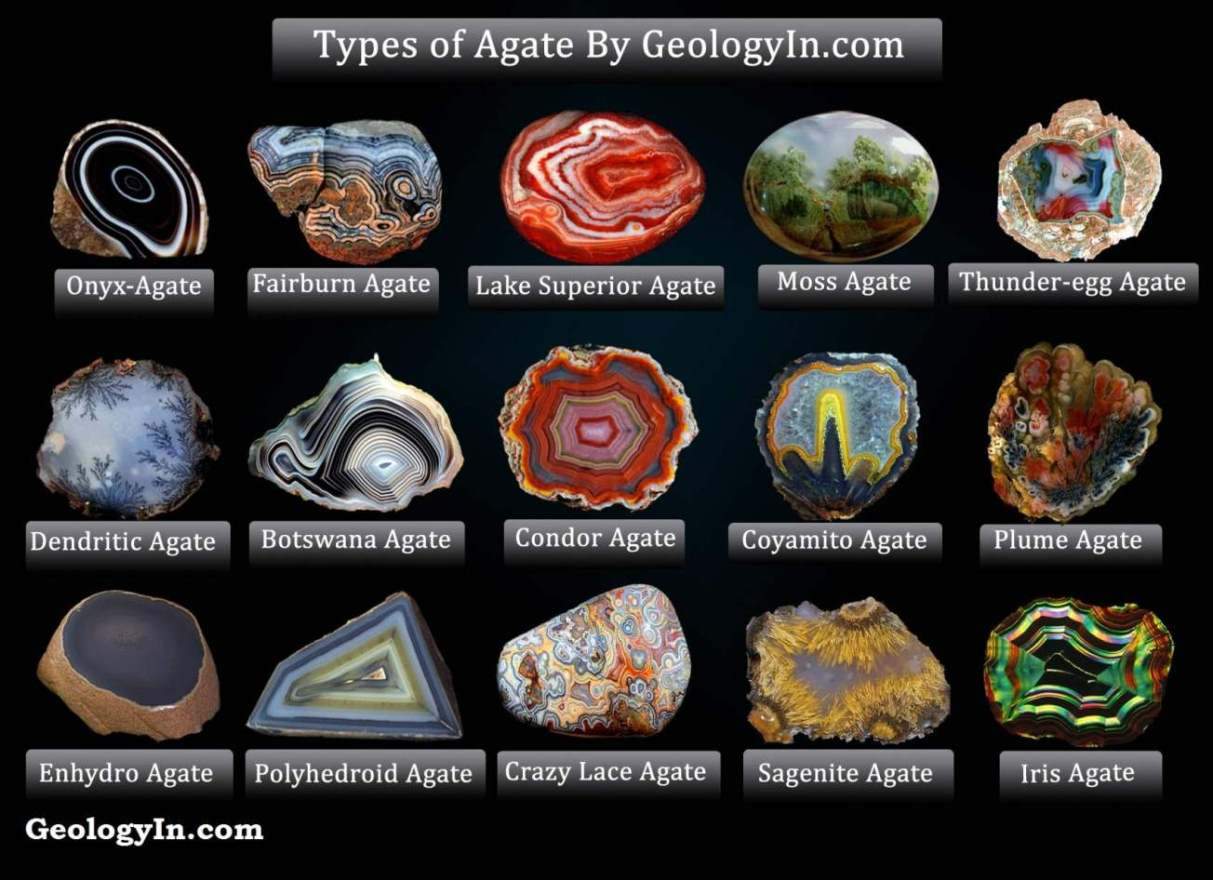Giant Tectonic Plate Under Indian Ocean is Breaking in Two
The giant tectonic plate under the Indian Ocean is going through a rocky breakup … with itself.
Bathymetric and seismic data point to a new plate boundary in a fracture-riddled zone beneath the northern Indian Ocean.
Tectonic plates blanket the Earth like a patchwork quilt. Now, researchers think they’ve found a new plate boundary—a line of stitching in that tectonic quilt—in the northern Indian Ocean. This discovery, made using bathymetric and seismic data, supports the hypothesis that the India-Australia-Capricorn plate is breaking apart, the team suggests.
Earthquakes in Unexpected Places
In 2012, two enormous earthquakes occurred near Indonesia. But these massive temblors—magnitudes 8.6 and 8.2—weren’t associated with the region’s notorious Andaman-Sumatra subduction zone. Instead, they struck within the India-Australia-Capricorn plate, which made them unusual because most earthquakes occur at plate boundaries.These earthquakes “reactivated the debate” about the India-Australia-Capricorn plate, said Aurélie Coudurier-Curveur, a geoscientist at the Institute of Earth Physics of Paris.
Some scientists have proposed that this plate, which underlies most of the Indian Ocean, is breaking apart. That’s not a wholly unexpected phenomenon because this plate is being tugged in multiple directions, said Coudurier-Curveur. Its eastern extent is sliding under the Sunda plate, but its northern portion is buckling up against the Himalayas, which are acting like a backstop.
“There’s a velocity difference that is potentially increasing,” said Coudurier-Curveur, who completed this work while at the Earth Observatory of Singapore at Nanyang Technological University.
Zooming in on Fractures
Coudurier-Curveur and her colleagues studied one particularly fracture riddled region of the India-Australia-Capricorn plate near the Andaman-Sumatra subduction zone. They used seismic reflection imaging and multibeam bathymetry, which involve bouncing sound waves off sediments and measuring the returning signals, to look for structures at and below seafloor consistent with an active fault.Along one giant crack that the team dubbed F6a, Coudurier-Curveur and her colleagues found 60 pull-apart basins, characteristic depressions that can form along strike-slip plate boundaries. The team showed that the basins followed a long, linear track that passed near the epicenters of both of the 2012 earthquakes.
“It’s at least 1,000 kilometers,” said Coudurier-Curveur. “It might be even longer, but we don’t have the data to show where it extends.” This feature, the team surmised, was consistent with being a plate boundary. An important next step was to estimate its slip rate.
Slower Than San Andreas
To do that, the scientists relied on two quantities: the length of the largest, and presumably oldest, pull-apart basin (roughly 5,800 meters) and the duration of the most recent episode of fault activity (roughly 2.3 million years). By dividing the length of the pull-apart basin by this time interval, they calculated a maximum slip rate of about 2.5 millimeters per year. That’s roughly tenfold slower than the rate along other strike-slip plate boundaries like the San Andreas Fault but not much slower than the slip rates of the Dead Sea Fault and the Owen Fracture Zone, the team noted.On the basis of that slip rate, Coudurier-Curveur and her collaborators estimated the return interval for an earthquake like the magnitude 8.6 one reported in April 2012. Assuming that such an event releases several tens of meters of coseismic slip, a similar earthquake might occur every 20,000 years or so, said Coudurier-Curveur. “Once you release the stress, you need a number of years to build that stress again.”
The above story is based on materials provided by American Geophysical Union.




%20(1).webp)




